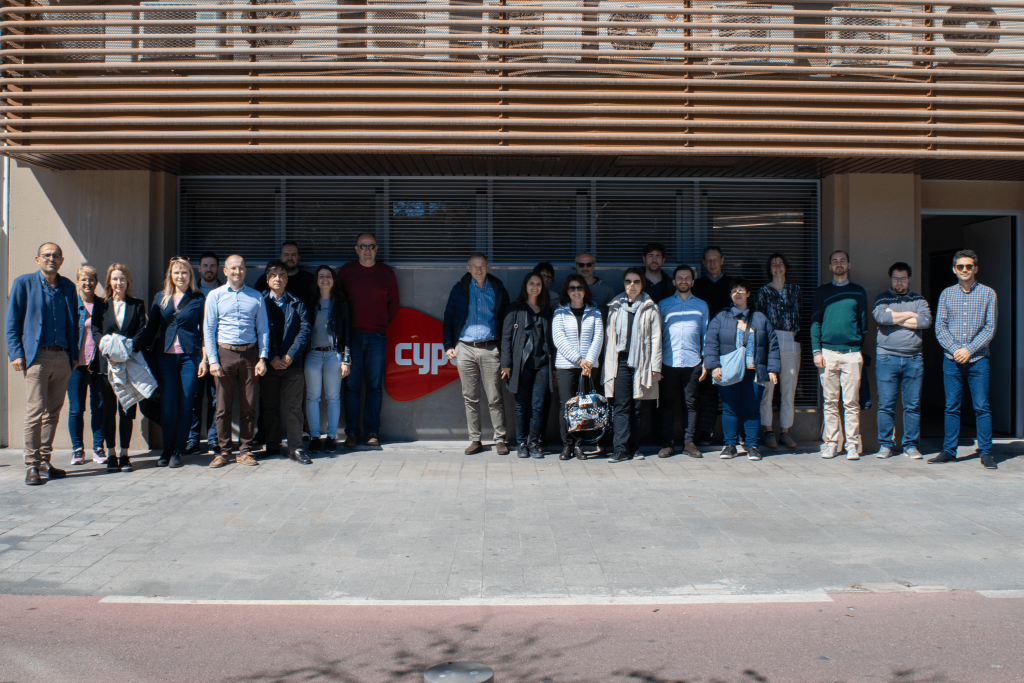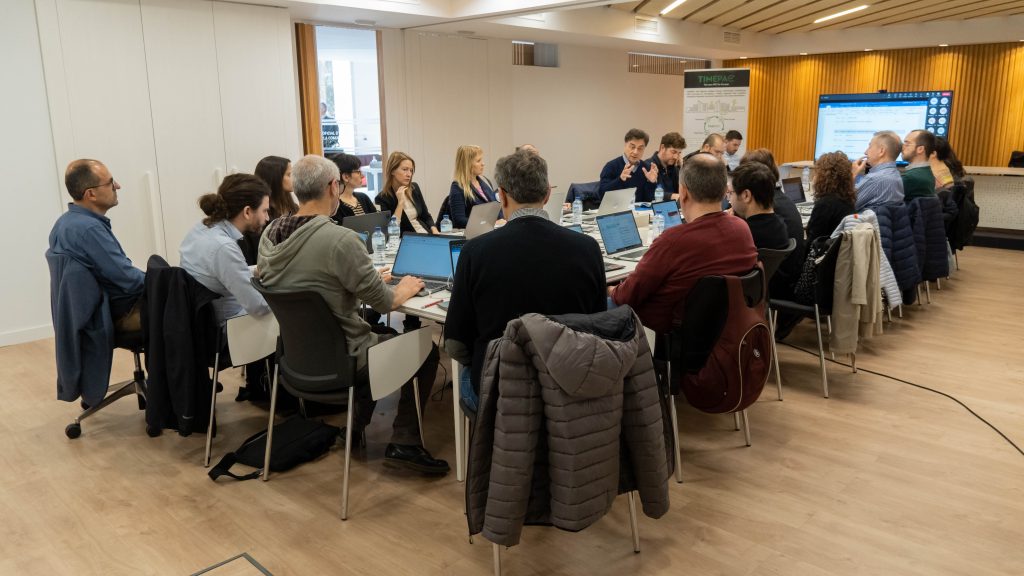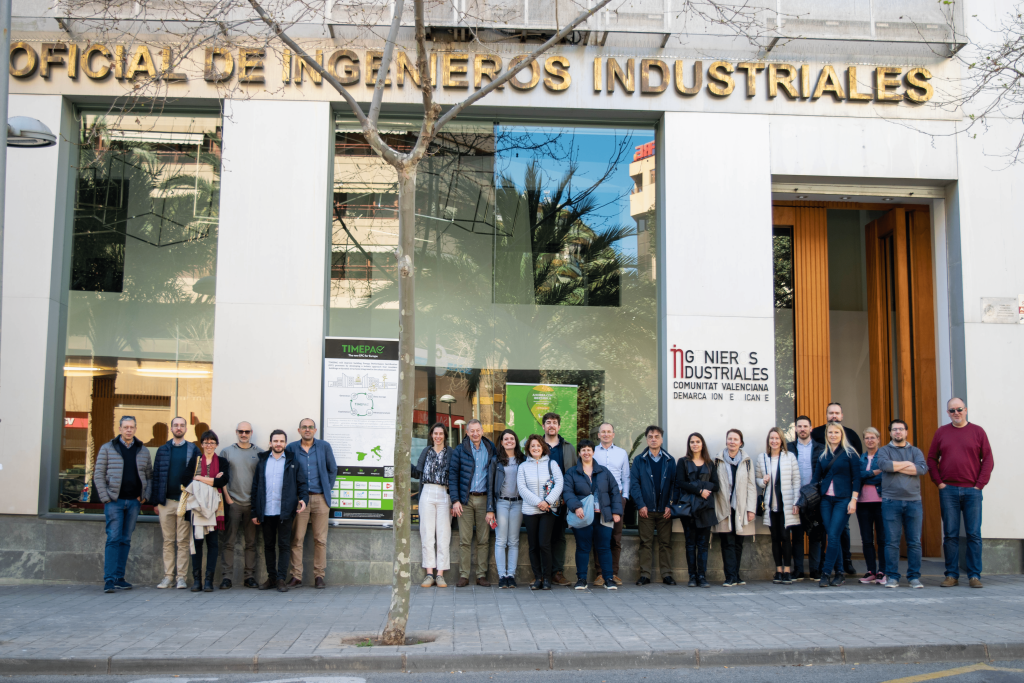Consortium participants of the TIMEPAC European research project to improve the quality of the energy performance certificates for buildings will focus their efforts in the coming months on the connection to databases, Smart readiness indicators (SRIs), to provide reliable data for these energy certificates. They have also highlighted how BIM technology and working in the cloud in a digitalised way will improve the exchange of information between buildings and the built environment in order to have more accurate information on a constantly evolving building stock. These were the conclusions reached by the thirty experts from seven countries who met in Alicante, as CYPE, a software company for architecture, engineering and construction and TIMEPAC participant, was the host of this event.


Regarding the data used in the energy performance certificate for buildings, Ainhoa Mata, head of the buildings unit at the Catalan Energy Institute ICAEN, explains that the research carried out so far reveals that the countries taking part "don't measure exactly the same indicators". As such, Mata explains that, for example, "Spain does not work with data on the actual consumption of dwellings, but with data on energy consumption" compared to other countries that do.
Hence, one of the premises of the coming months will be to establish and suggest a series of energy indicators to be considered in the various European countries, as well as to propose a set of reliable data sources for preparing the energy performance certificate. According to Vincenzo Corrado, professor at the Politecnico Di Torino, Regione Piemonte, these indicators will consider other factors in addition to energy performance, such as "environmental sustainability, resilience and other critical factors that play a vital role in assessing the overall quality of a building".
TIMEPAC members advocate the use of BIM technology to enhance communication between architectural building models and building energy information
According to the project participants, the energy performance certificate data of the buildings should be linked to the urban environment of the buildings in order to facilitate a more reliable analysis of the energy performance of the building stock as a whole.

The importance of BIM technology in energy efficiency
For Benjamín González, Corporate Development Director at CYPE, the use of BIM technology is key when it comes to working with building energy data and relating it to the environment. "The possibility of working in the cloud and having access to building-related information at all times will allow us to interrelate it and improve our understanding of the building's energy performance in relation to its surroundings", he claims.
With better data and the use of BIM technology, the energy performance certificates for buildings can become a tool for establishing the appropriate renovation plan for each building, according to Susanne Geissler of the SERA Institute in Austria. Furthermore, she continues, "The information obtained would allow us to make better building renovation proposals and improve energy renovation rates".
This view is shared by Davor Rašić from the Slovenian Ministry of the Environment, Climate and Energy, who believes that "The results of the project will be very useful for policymakers to gain new knowledge and insight into modern ways of assessing buildings. By doing so, we will propose improved policies with the aim of optimising energy savings and reducing the carbon footprint of buildings”.
Participants of the TIMEPAC project
The research project, which is coordinated by Barcelona's university and technology foundation FUNITEC, has a budget of 1.99 million euros, and 14 organisations from seven countries are involved in the project: Spain (CYPE, Fundació Privada Universitat I Tecnologia, Institut Català D'Energia); Italy (Edilclima, Politecnico Di Torino, Regione Piemonte); Slovenia (Goriska Lokalna Energetska Agencija, Jozef Stefan Institut and Ministrstvo Za Infrastrukturo); Croatia (Energetski Institut Hrvoje Pozar); Germany (European Science Communication Institute); Austria (Sera Global Gmbh), Cyprus (Cyprus Energy Agency, Cyprus University of Technology).



